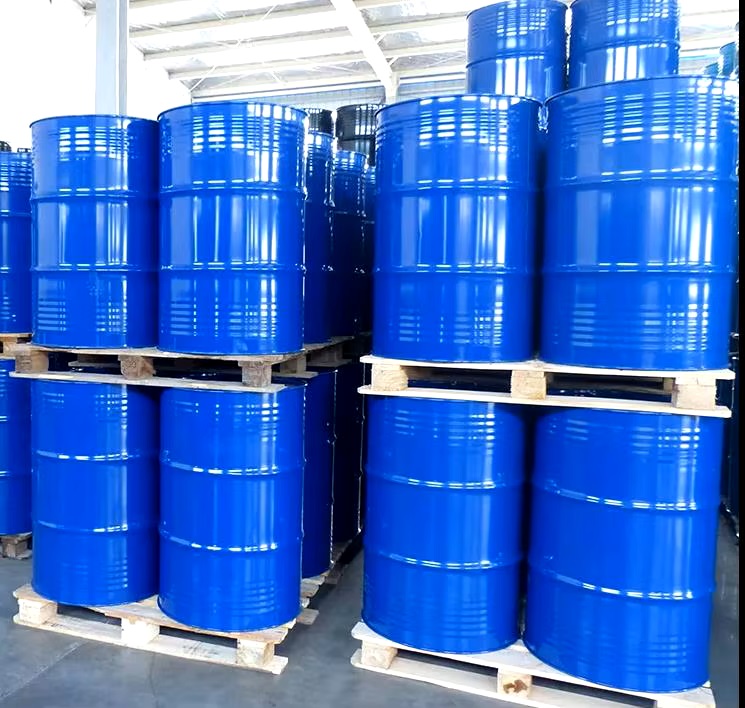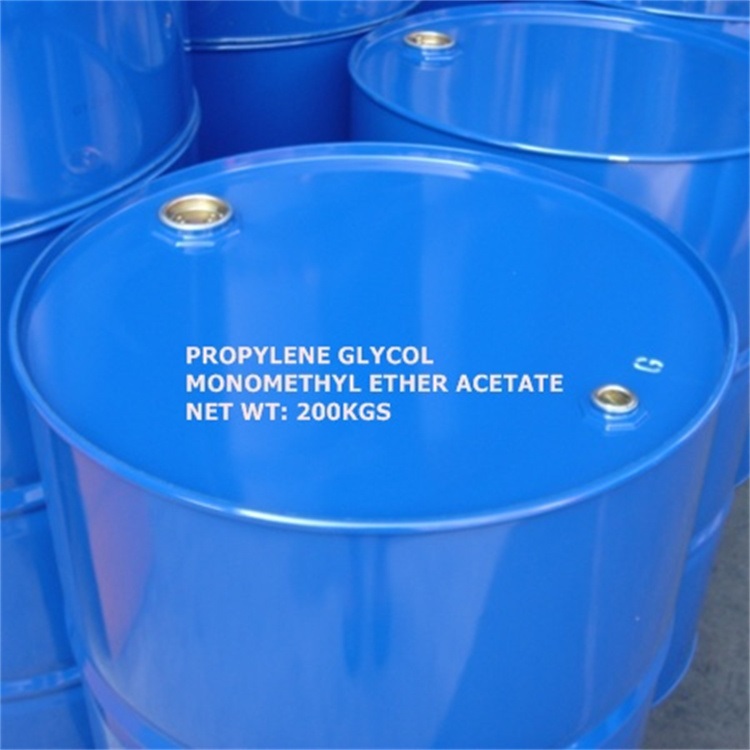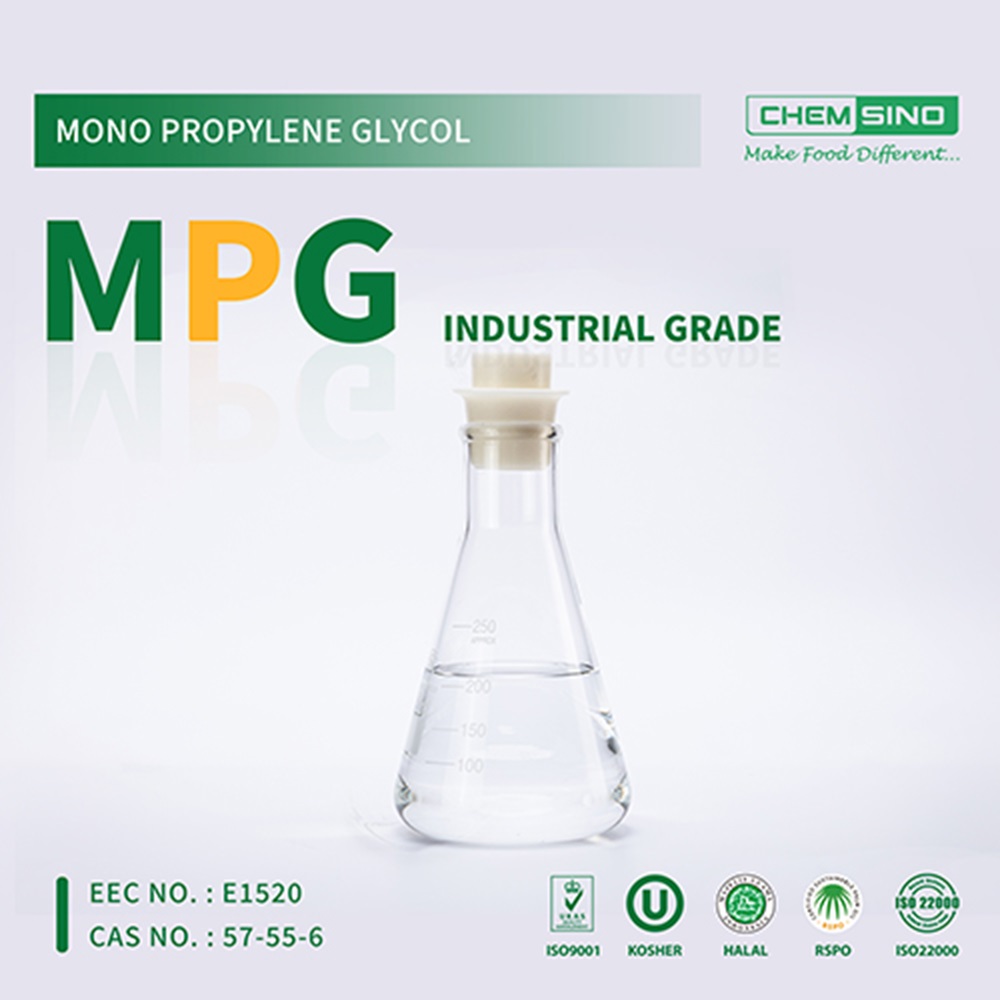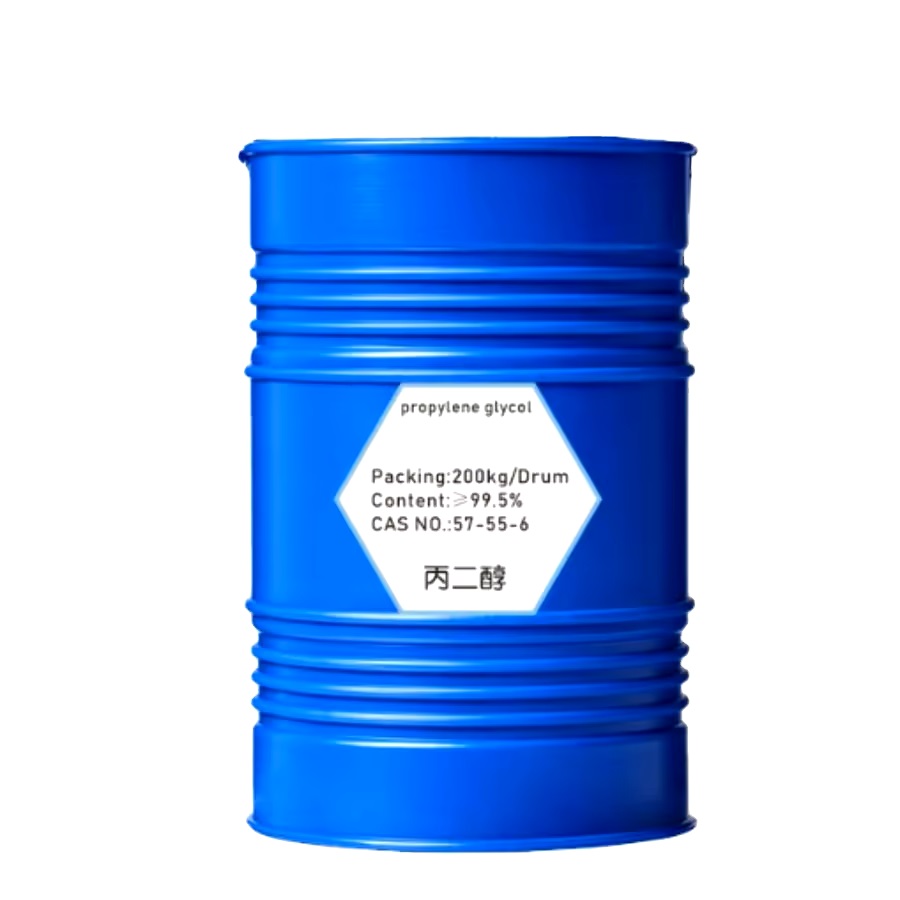We unleash your business potential by maximize the business innovation.
Send EmailE1520, Mono Propylene Glycol, MPG, Fiber Grade MPG, 1,2-Propandiol, Propilen Glikol, 4254-14-2, 4254-15-3
Molecular Formula (Mono Propylene Glycol): C3H8O2
Molecular Weight: 76.09 g/mol
Chemical Name: Mono Propylene Glycol, 1,2-Propandiol, Propilen Glikol
CAS Number: 57-55-6, 4254-14-2, 4254-15-3
It is a colorless, odorless and clear liquid with a slightly sweet taste. Propylene Glycol is a synthetic organic compound with viscous properties. It has solvent and diluent properties.
Glycols are known as compounds containing 2 hydroxyl groups attached to separate carbon atoms. Propylene Glycol has a low vapor pressure. In addition, like all glycols, MPG is completely miscible with water. And it is highly soluble in many organic solvents.
In the Propylene Glycol Family, there are Mono Propylene Glycol, Di Propylene Glycol and Tri Propylene Glycol. It is a chemical with hygroscopic properties.
It stands out with its low toxicity properties. When mixed with water, it is widely used in many industries because it combines with a freezing point where it can precipitate.
Other Names :
Propylene Glycol
1,2-Propanediol
1,2-Dihydroxypropane
MPG
Mono Propylene Glycol USP
Propylene Glycol Pharma
1,2 Glycol
Fiber Grade MPG
Physical and Chemical Properties :
It has a clear and colorless appearance.
Its boiling point is 187.6 ° C at 760 mm mercury pressure.
It melts at -60 ° C.
Mono Propylene Glycol is well soluble in water, alcohol and ethanol. It is also soluble in benzene. It is soluble in acetone, chloroform and ether. Propylene Glycol is also well soluble in volatile oils. However, it does not mix with fixed oils.
It has a solubility of 1000 mg/mlt at 20 °C.
Mono Propylene Glycol density is 1.04 g/cm3 at 64 °C.
Flash point is 103 °C.
Surface tension at room temperature is 70 mN/m.
Mono Propylene Glycol Usage Areas:
It is widely used in many sectors as usage areas. It is produced in 2 different types to meet the needs in these areas.
It is used in the production of aircraft de-icing mixtures by using it as a mixture with 1.3-Propylene Glycol. It is used in the production of chemicals that prevent ice formation on the aircraft surface at temperatures below -32 °C.
Water is used in closed circuit cooling systems. Water is born when the temperature drops below 0 °C during the cooling of water. Glycol is used to reduce the freezing temperature of water. Since it has low or almost no toxicity, it is used in food production areas, chillers, etc. In cooling systems such as USP Mono Propylene Glycol is used.
It is used with Glycerin (Glycerol) in the production of stomach freshening drugs used for ketosis treatment at borders.
It is used for disinfection processes in the manufacture of polyester compounds.
Propylene Glycol is used as an antifreeze by the food, pharmaceutical and chemical industries in application areas where it may come into contact with food. Mono Ethylene Glycol and Tri Ethylene Glycol are also used in this area.
In the personal care industry, Propylene Glycol is used as a moisturizing chemical in the manufacture of make-up materials, shampoos, bubble baths and baby wipes.
At the same time, Propylene Glycol USP is used as a solvent chemical in the pharmaceutical industry in the synthesis of oral, injectable and topical formulas.
In industrial applications, it has several vital properties. MPG has a radical effect, especially in the vehicles and aircraft we use. It is used in the manufacture of antifreeze in vehicles and in the manufacture of aircraft wings. Its effect here is that when MPG is mixed with water, the freezing point decreases. Due to this feature, it makes the wings of airplanes more resistant to cold.
It is among the glycols used for the recycling of polyurethane foams.
Other Areas of Use:
It is used as an additive in some foods. It is generally stated as safe.
It is used in some medicines, cosmetics and food products to absorb excess water. It also undertakes the task of protecting moisture in such applications.
It is widely used in the production of different chemical substances. Its most important function among these is its solvent feature. Propylene Glycol It adds functionality as a solvent to the production flow processes of substances produced in the aroma substances, food dyes, paint and plastic industry.
Propylene glycol is used in the production of artificial smoke, which is used intensively in the cinema sector during fire-fighting training and in the production of theater scenes.
It is used in the production of components used as defoamers in aqueous dispersions, by modifying them with surfactants (wetting agents).
It is used as a moisturizing agent in the production of ultrasound gel.
MPG is used as a solvent or moisturizer in the production of antiseptic hydrogels used in the treatment of wounds. The most important compound for the production of antiseptic hydrogels is the cationic polymer.Other Areas of Use of Mono Propylene Glycol:
It is used in the production of high-performance unsaturated polyester resins used in varnish and paint manufacturing. The function of this raw material here is the chemical intermediate property.
Its solvent property is used in the production of printing inks.
It is a basic chemical compound in the production of formable plastics such as unsaturated polyester resins. In this application, wind turbine blades are important materials of the last period.
It is used as an auxiliary substance in the production of disinfectants and antibacterial gels.
Mono Propylene Glycol (MPG) is used as a solvent for chemicals that are active ingredients of hair strengthening and hair removal products in the pharmaceutical sector.
It is used in the production of non-ionic cleaning chemical detergents used in petroleum, refined sugar manufacturing and paper manufacturing industries.
Scientists plan to use Mono Propylene Glycol in the cryonic industry by taking advantage of its cooling property.
MPG prevents dehydration. Therefore, it is used as an additive in pipe tobacco.
After the cigarette tobacco is chopped and disinfected, it is blended with Propylene Glycol USP and preservatives. In this way, the tobacco is softened.



